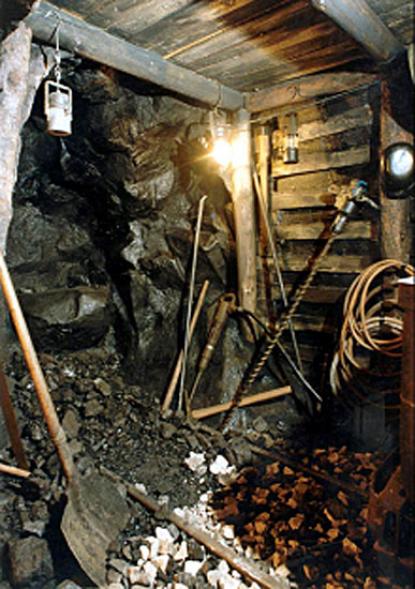2024. November 24. Sunday
Central Museum of Mining - Sopron
|
|
Address: 9400, Sopron Templom utca 2.
Phone number: (99) 312-667, (99) 338-902
E-mail: info@kbm.hu
Opening hours: 01.04-31.10.: Tue-Sun 10-18
01.11-31.03.: Tue-Sun 10-16 |
Museum tickets, service costs:
|
Ticket for adults
|
700 HUF
|
|
|
Ticket for students
|
400 HUF
|
|
|
Ticket for pensioners
|
400 HUF
|
|
|
Audio guide
|
200 HUF
|
|
|
Audio guide
(in German)
|
200 HUF
|
There are data of mining of two kinds of material in the Stone Age: the red ground and the tool stones. The tools were made of silex and obsidian. These were used until the Iron Age. At Tata-Kálváriadomb mines were open in the Copper Age. The Carpathian Basin was abundant in ore mines in the Mátra area, in Rudabánya, Besztercebánya. In Velem-Szent Vid a nice collection of findings was found from the early Bronze Age. According to these findings the usage of the iron was widespread at the period of the Celtics. In the Roman period gold, salt, and ore in Dacia, in Pannonia mainly stone was mined. The reconstruction of a mine at the exhibition introduces a detail of a mine found in Sümeg-Mogyorósdomb from the ancient period. Here the mining was performed with deer horn and stones.

In the 14-15th century Hungary was among the first in Europe from the point of view of mining gold and silver. We also had a significant ore mining system and the Kings of the time paid extra attention to salt mining as well.
Mainly human power was used at mining but tools like the miner chair, axe, hoe, and strainers were also used. The mines were lit up with oil lamps. Gáspár Weindl performed the first documented blowing up in Selmecbánya in 1627.
From the second half of the 19th century the most important material to mine was the coal. From the end of the 1950’s trapeze shaped drifts were built, which were lit by so called turbo lamps. Railway and iron wagon helped in moving the coal. Because of the accidents a rescue process was developed from the second half of the 19th century. One of its important tools was the Westfalia type equipment made at the beginning of the 20th century.
By the second half of the 20th century mining was mechanized. Hydraulic shield, a Hungarian innovation (VOB-HP-108), German machines, and other transport machines were used.

In the 14-15th century Hungary was among the first in Europe from the point of view of mining gold and silver. We also had a significant ore mining system and the Kings of the time paid extra attention to salt mining as well.
Mainly human power was used at mining but tools like the miner chair, axe, hoe, and strainers were also used. The mines were lit up with oil lamps. Gáspár Weindl performed the first documented blowing up in Selmecbánya in 1627.
From the second half of the 19th century the most important material to mine was the coal. From the end of the 1950’s trapeze shaped drifts were built, which were lit by so called turbo lamps. Railway and iron wagon helped in moving the coal. Because of the accidents a rescue process was developed from the second half of the 19th century. One of its important tools was the Westfalia type equipment made at the beginning of the 20th century.
By the second half of the 20th century mining was mechanized. Hydraulic shield, a Hungarian innovation (VOB-HP-108), German machines, and other transport machines were used.
